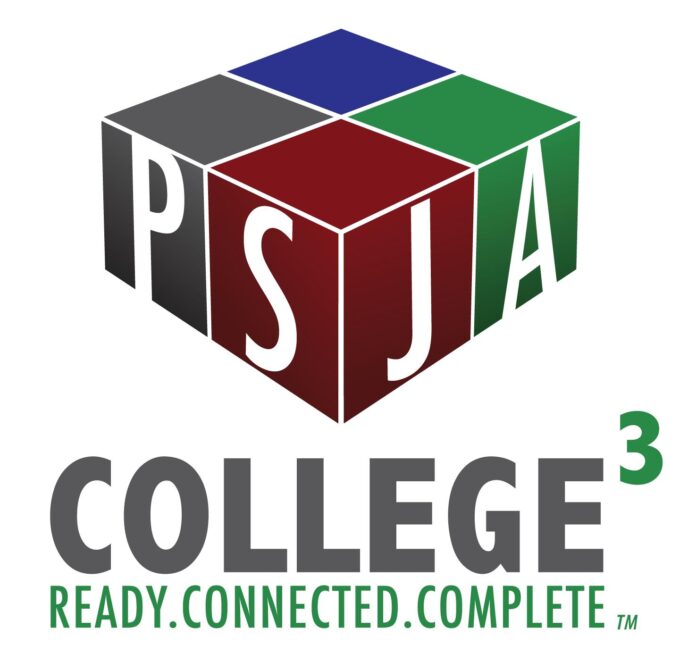Pharr-San Juan-Alamo ISD leadership talked about combatting declining enrollment caused by the pandemic and declining live birth trends at the board’s last meeting, a subject that has been very much on the minds of trustees in recent months.
The district faced a precipitous drop in enrollment during the pandemic, although at least one trustee said long-term enrollment issues at PSJA are the fault of competition introduced by charter schools, the oft-cited cause of enrollment woes at Rio Grande Valley schools.
In February trustees discussed two redesigned campuses, mostly focusing on how to best leverage those redesigns to bolster enrollment. In March they approved almost $700,000 worth of vaccine incentive gift cards in an effort to get students back on campus.
According to information presented to the board at their March 28 meeting, overall enrollment numbers stand at 29,600. The district had projected that number to be at 31,823, higher by 2,223 students.
Based on pre-pandemic trends, the district’s enrollment would have decreased more gradually and would still have had 363 students more than it does now in the 2024-25 school year.
Scott Leopold with Cooperative Strategies explained the district’s enrollment decline and some of the factors behind it.
Data he presented indicated that overall enrollment had been averaging about 32,300 from the 2011-12 school year to the 2019-20 year. It’s declined since then, Leopold said, most significantly in pre-K classrooms.
Leopold said he expects there to be some kind of rebound from pandemic data, but more mundane demographics also pose a problem.
Presenting the board with data from zip codes that comprise the district, Leopold said there were between 3,500 and 4,000 resident live births from 2006 to 2010. A steady dropoff since then left that figure just below 3,000 from 2017 to 2019, where the chart ended.
“And so we would anticipate that that would continue to reflect in the kindergarten enrollment in the future,” Leopold said.
Building permit data for the district’s three municipalities isn’t a great help either. That data points to the number of permits being issued recently being only middlingly robust ranked among other years since 2000.
“It’s started to come back a little bit, but it hasn’t come back anywhere near to the level it was in that 2004/2005/2006 range,” Leopold said. According to Leopold, the importance of those trends pales in comparison to the importance of school choice and PSJA schools are managing to attract students from outside the area.
The presentation indicated 13.4% of Pharr attendance is coming from outside the district, 12% of San Juan is coming from outside, and a whopping 30% of Alamo attendance is coming from without.
What to do about all of that? Administration’s strategy mostly hinges on raising those percentages of students who attend PSJA ISD from outside the district and keeping students who live inside the district from going elsewhere.
To affect that, zoning changes are a possibility. Program changes that would attract students from outside the area are also an option.
“Because this entire study is about our current enrollment and the trends across time over the years have either increased or decreased, we know that it’s all of our responsibility to prioritize,” Iris Alvarez, executive officer for middle schools, said. “And so we want to continue to market our school district to outside our district and within our family, families in our-tri city area.”
That outreach plan includes face-to-face recruitment, block-walking campaigns, community outreach events and marketing through things like traditional media, social media and business/higher education partnerships.
The board should receive specific recommendations in May or June.
Trustees did stress the need for community, teacher and administrator input when addressing the district’s enrollment issues.
Trustees also floated other possible solutions, including rezoning, additional construction and even some kind of changes to its open enrollment policy.
“I know it’s a very difficult conversation to have, but at some point — when we analyze all the data, we put all the data together, we look at what we’re going to do — the issue of open enrollment is a concern. Because right now anybody can go to any campus within the district, and that’s the way it is…,” Trustee Jesse Vela said, noting some campuses are overcrowded and others are under-filled. “It’s placing a very unreasonable burden on principals.” [email protected]





